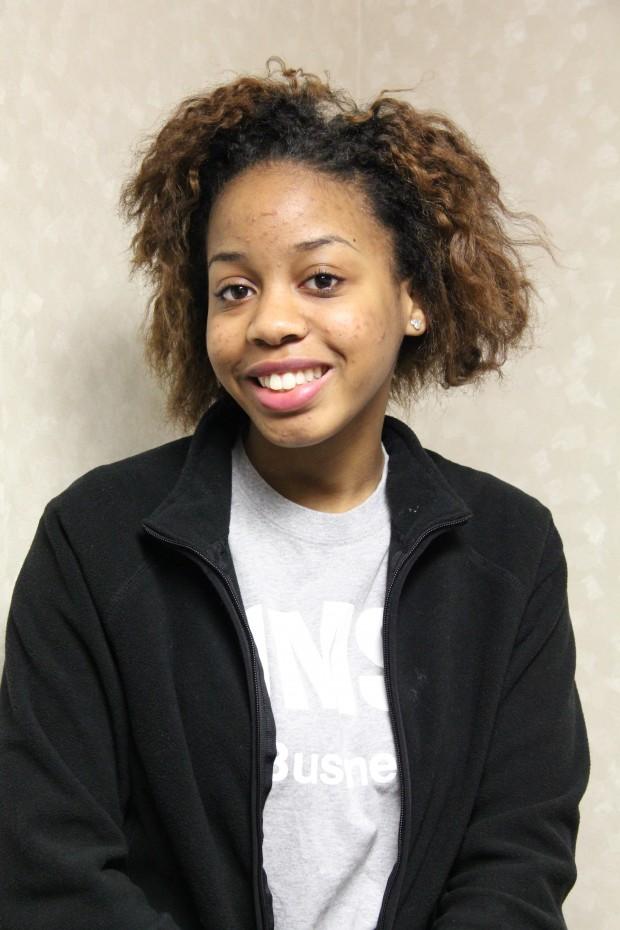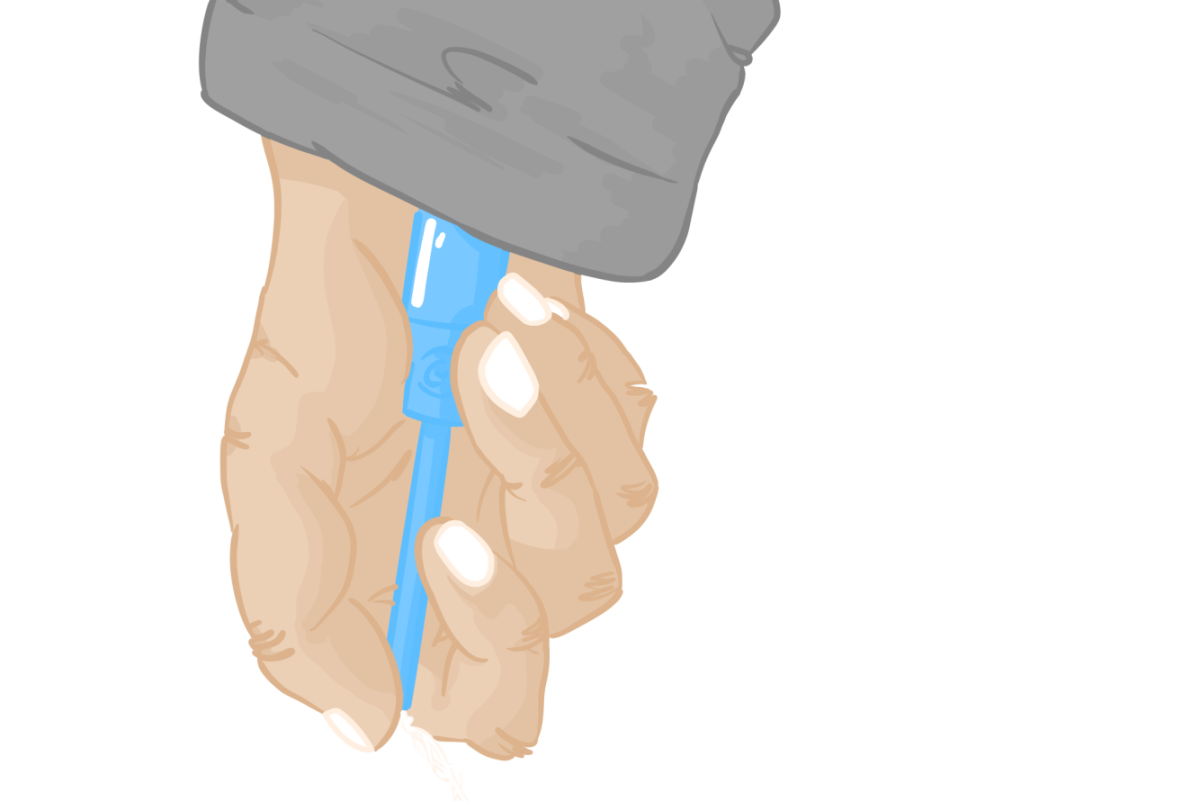Several weeks ago, I wrote a column called “School Swap: A shocking eye-opener” describing my experience shadowing a student for one day at Vashon High School, a public high school in St. Louis’ inner city. I participated in the “school swap” through a program called Cultural Leadership (CL). Another participant in the program, Sep’Tisha Riley, attends Vashon and wrote about her experience shadowing at KHS. In more ways than I’d care to list, Sep’Tisha’s perspective offers more regarding this national issue than mine ever could. Hopefully her column gives insight into how other students see our school and gives more depth to my piece’s point. One “opinions writer” rule is to never tell readers what to do, but it’s crucial readers carefully consider what she has to say. So please read, ponder and share. The message must be spread.
“In 1896, the Supreme Court recognized the doctrine of ‘separate but equal.’ In 1954, this idea was overturned with Brown v. Board of Education. After attending Vashon High School, an inner-city school, for three years and then visiting two county schools — Clayton in 2012 and Kirkwood this year — I’m shocked that there is still inequality within our school systems.
Vashon is located in an urban area surrounded by low-income housing. On the other hand, Kirkwood is in a more suburban area and is surrounded by higher-income housing. Schools are primarily funded by property taxes, and it’s no wonder why county schools typically have more funding than city schools. The real question to this whole situation is whether it is really constitutional or morally right for there to be better educational opportunities just because of a person’s ZIP code. This not only sets up an education gap between schools, but it also eventually divides communities by social classes.
I attended Kirkwood High School for one day during my School Swap; I was immediately placed in a more serious environment. The feeling of seriousness exuded not only from teachers and administrators but the students, too. This was something that I wasn’t used to seeing from the students at my own school. My day started with a class called African-American Literature; there was a mix of students in the room, probably a ratio of 60:40 white and black kids. I really enjoyed the class and I told my guide, ‘This is nice. I might want to come to this school.’ The class held my interest and seemed to have the rigor that I would like. It also had diversity, more than my guide had mentioned. Little did I know that this diversity would disappear throughout the day.
Kirkwood possesses a lot of classes that I never knew existed in high school (for example Chinese, African-American Literature and ceramics) and they also seemed to have an unlimited amount of resources. One of the teachers even mentioned their privilege: If they need something, they get it, including a smart board in every class. This is extremely different from my school. There is a monthly limit on the amount of copies teachers can make; sometimes there aren’t even enough books to be issued to each student; and teachers are lucky to have any type of projector. Kirkwood offers 17 Advanced Placement classes when Vashon offers only one.
Although these schools may seem different from each other, they do have one major problem in common: a lack of diversity. Vashon has a predominantly African-American student body, and when you add the percentages of all the other races together, it comes out to less than 1 percent. Kirkwood offers more diversity, but still not enough. One class that I visited had only three African-American students, and I was the third one! My comment at the beginning of the day of ‘I might want to come here’ went away when I realized that I would have no sense of belonging.
It’s 2013 and we still haven’t found the solution to the education gap between city and county schools. We have to address each small problem. Is property tax the real reason why a better education is offered? Is the voluntary transfer program a big enough solution when it only allows a handful of students to go to a school with better opportunities?
Vashon and Kirkwood both have their pros and cons, like extremely dedicated teachers and administrators working with what can be called troublesome students, or pushing students to strive for higher-than-average test scores. In the end, they each have their own sense of community and family-like environment. But both schools need to work together and recognize there is a lack of equality within our education system.”









